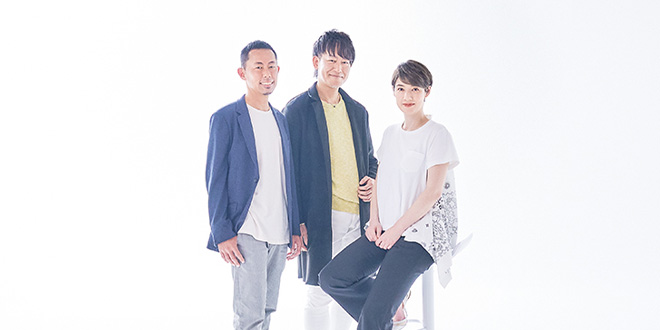Please select your location and preferred language where available.
Giving new meaning to our ancestors’ lives
- My Future Memories -
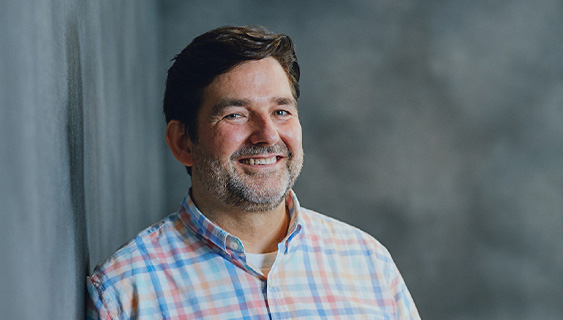
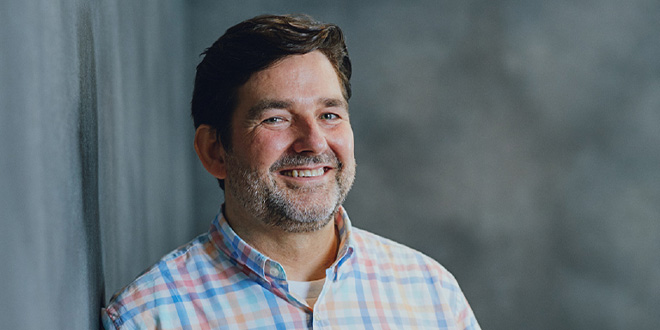
Business Development
Memory and Storage Strategy
KIOXIA America, Inc.
Eric Ries
October 1, 2019
KIOXIA has established “Uplifting the world with ‘memory’” as its mission. How do the employees of KIOXIA view memory? Through a series of interviews, we will pursue each person’s “My Future Memories.”
In this edition, we spoke with Eric Ries, Senior Vice President of Memory and Storage Strategy with KIOXIA America, Inc.(KAI). Eric, whose interests include tracing the genealogy of his ancestors, is considering the possibilities of memory and storage technology that will enable us to “leave our stories behind.”

The Memory of an Exciting Adventure at Age 15 is Still Clear Today
KIOXIA has multiple bases domestically and abroad, in regions including the United States, Europe, and Asia. One such affiliated company is KIOXIA America, Inc. (hereafter KAI).
Eric Ries transferred to KAI three years ago, after having worked for Toshiba Semiconductor and Storage since 2013. Within KAI, he leads the Memory and Storage Strategy Division, and in his role as Senior Vice President, Ries is involved primarily in the development of technology and product strategies for the memory and storage businesses, as well as the proposal of growth strategies.
“How will memory and storage be used in the future? And how should KIOXIA develop its business in those markets? Simply stated, coming up with proposals to these questions is my job,” explains Ries.
Ries shared the memory of an experience he had at the age of 15 as one that made a strong impression on him.
Ries, who is originally from Provo, Utah in the United States, grew up surrounded by the magnificent Rocky Mountains. He would later move to Alberta, Canada. As member of the Boy Scouts during his youth, Ries joined a number of his fellow scouts in serving as Mountain Guides for the World Scout Jamboree, an event that would welcome scouts from around the globe. He remembers taking on hiking a 20-mile (approx. 32-kilometer) trail in the Canadian Rockies as part of the preparation for his duties.
“Of course, I remember the stunning scenery, but I also remember the weight of the pack I was carrying, as well as the scents of the outdoors,” Ries recalled. “what I remember more keenly than those memories, though, is the fact that our party got lost deep in the mountains. Losing my way while preparing to become a Mountain Guide is, needless to say, somewhat embarrassing,” he said with a sheepish grin.
This was before the advent of the Internet and GPS. Ries and his lost comrades pulled out a paper map, desperately trying to locate a path back to safety. They came upon a power line cut-line, which intersected with a highway, and would enable them to select their route out of the mountains. However, as Ries tells it, the path back to their goal provided quite the adventure, requiring them to “climb down cliffs and over scores of felled trees, and at times negotiating an extremely steep grade.”
“We pitched our tents for the night, and I remember being nervous because it was an area known for grizzly bears. I think, though, that the sense of adventure during my youth really remains as a stronger memory than any fear that I might have felt,” Ries said.
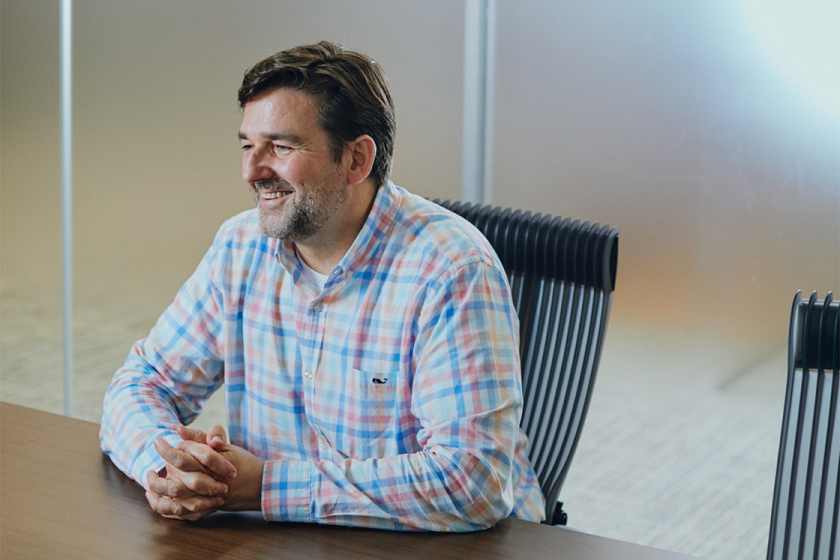
The Smells and Sensations of His First Visit to Japan
The first time Ries set foot in Japan at age 19 is deeply ingrained in him as an important memory.
“Even today I am deeply involved in Japan for my work. That’s why for me, my first visit to this country is a tremendously significant memory,” explains Ries. What are the memories of his first impression of Japan?
“I recall it was early September, as it was still a bit on the warm side,” remembers Ries. “As we approached the runway at Narita Airport, I glanced out my window, and was surprised to see how green it was. The areas in which I was raised were predominantly prairie or desert, so I had never seen an environment so green as this before. After getting off the plane, I felt the tremendous humidity Japan is known for. Above all else, I can still recall the unique, unforgettable smell of what seemed to be a mix of the scent of the sea and soy sauce!”
We Have Much to Learn from the Diaries of our Ancestors
Ries showed great interest in KIOXIA’s mission, “Uplifting the world with ‘memory’”
“Tracing the genealogy of my ancestors is kind of a hobby of mine. Following the stories of my predecessors who lived two to three hundred years ago is an experience that has great value to me. I believe those of us living today can learn much from their stories.”
In many cases, however, his efforts to trace their genealogy end up being limited to major life events such as birth, marriage, and death certificates or dull census reports. Simply learning about their records, though, does not enable him to trace their memories of those times. That’s why it could be virtually impossible to reconstruct their stories simply from records. However, Ries says that simple daily routines “provide valuable hints in uncovering the stories of our ancestors.”
“That’s what a diary or a journal is. We use them to record the memorable events of a particular day: the things that excited us, or frustrated us or even things we were ashamed of. Today, I don’t think there are many people who regularly keep a diary. If we are fortunate enough, however, to come across and read the diary of an ancestor, we can learn about the kind of life they lived, as well as about what daily life was like during that time. That’s why, when it comes to genealogy, the happiest moments for me are when I’ve located an ancestors diary. The diary gives me a glimpse into their life’s story.”
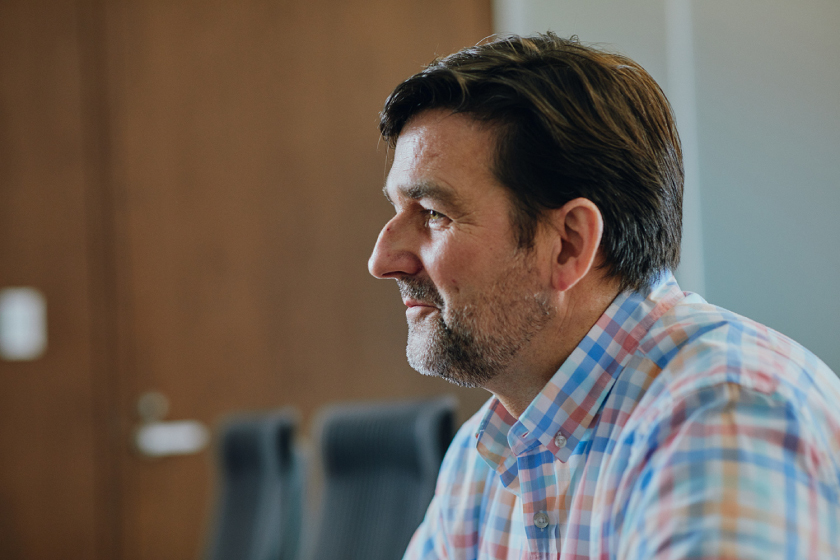
Leaving Our Stories Can Serve as a Living Memory for Our Loved Ones
His adventurous spirit at 15, and his first impression of Japan at 19 are both preserved in his mind with great clarity even today. At the time, however, he was not keeping a diary, and he wishes that he had “recorded those feelings accurately.”
“Our lives are marked by a variety of meaningful occurrences—seasonal events, weddings, celebrations, tragedies, births and deaths. Accurately recording the feelings they evoked can lead to the preservation of memories that otherwise gradually fade with age, and eventually disappear completely when we leave this world,” says Ries.
He added, “Through the new technologies developed by KIOXIA, I hope we can find a way to preserve such memories.”
“Through social media – and this is underpinned by memory technology -- we are already leaving behind fragments of our life stories. As of now, unfortunately, there isn’t a safe and simple way for individuals to gather, organize, edit, share and permanently record this information in one place. What if, through an easy-to-use automated technology, we were able to record, organize, edit and safely share the important (or everyday) events of our lives? If we combined that with a memory technology that were both durable and non-volatile, we could make our life stories available to the people who come after us and they might very well learn something quite valuable from those stories.”
“With further advancement in memory and software, we may someday be able to provide this type of service. If we were to realize that kind of world, we would be able to leave a living memory for the loved ones that we’ve left behind and that will give them a deeper meaning to their own life and a greater sense of identity.”
Business Development
Memory and Storage Strategy
KIOXIA America, Inc.
Eric Ries
Ries joined Toshiba Memory America (now KIOXIA America) after having worked for Toshiba Semiconductor and Storage. Today he is assigned to the Memory and Storage Strategy Division, and his primary focus is the development of technological and product strategies for the memory and storage business, and on growth strategy proposals.
The content and profile are current as of the time of the interview (October 2019).


